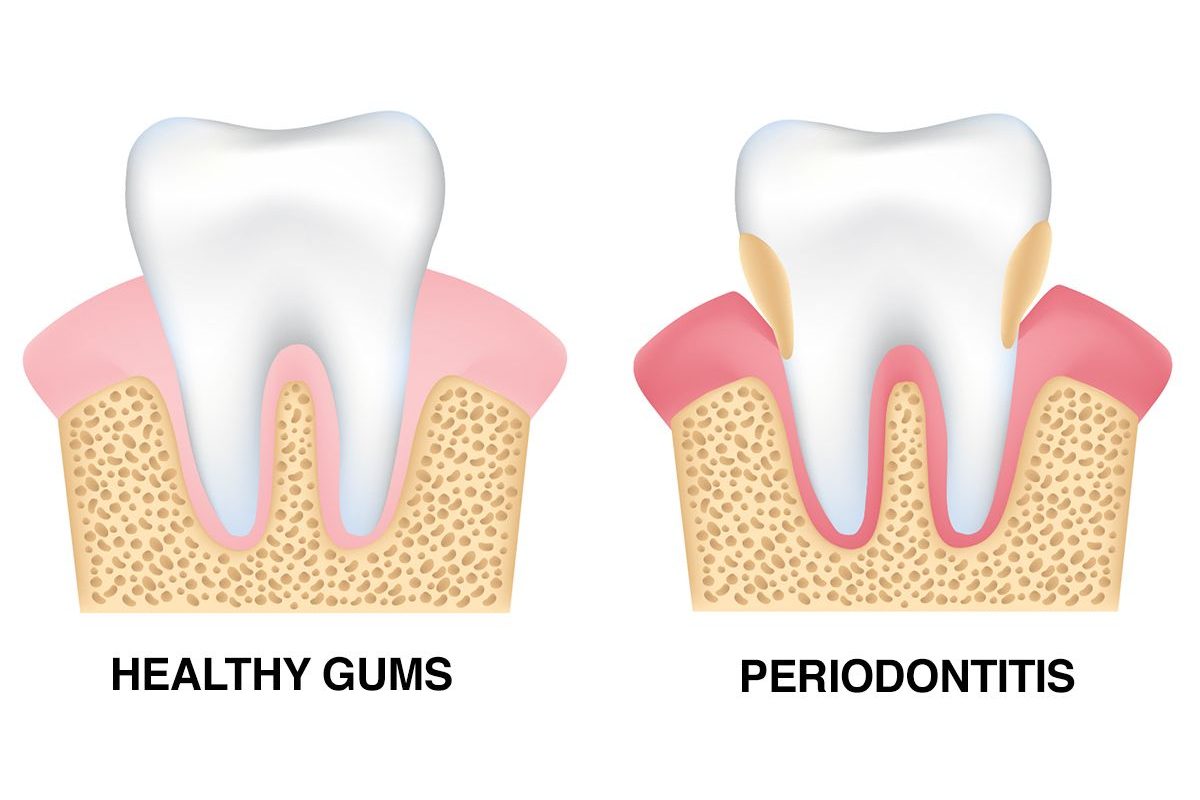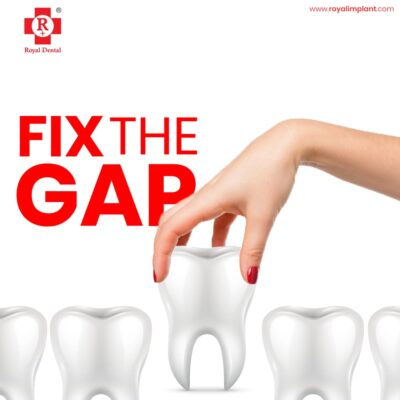Dental diseases can be scary, but they’re also quite common. With the right care, you can manage most dental diseases and keep them from becoming too serious. If left untreated, however, dental diseases can cause intense pain and even lead to tooth loss or other issues like anemia or heart disease in more serious situations. A dental disease is a condition of teeth and gums, that causes an infection or abnormal response to normal bacteria present in all mouths. Dental diseases are detected during a check-up with dentist and may involve surgery, medications, preventative measures, or home care instructions. It is important to understand the various types of dental diseases so you can recognise any symptoms early on!
Dental decay disease
Dental decay is also known as “cavities.” It is the most common of all dental diseases and occurs when bacteria produces acid and destroys the hard tissues in the teeth. It is more likely to occur when the bacteria have easy access to the teeth. This is either because there is insufficient saliva flow or because the teeth have been weakened by previous dental procedures, such as tooth extractions or orthodontic braces. Bacteria feed on sugars and starches found in many foods and beverages.
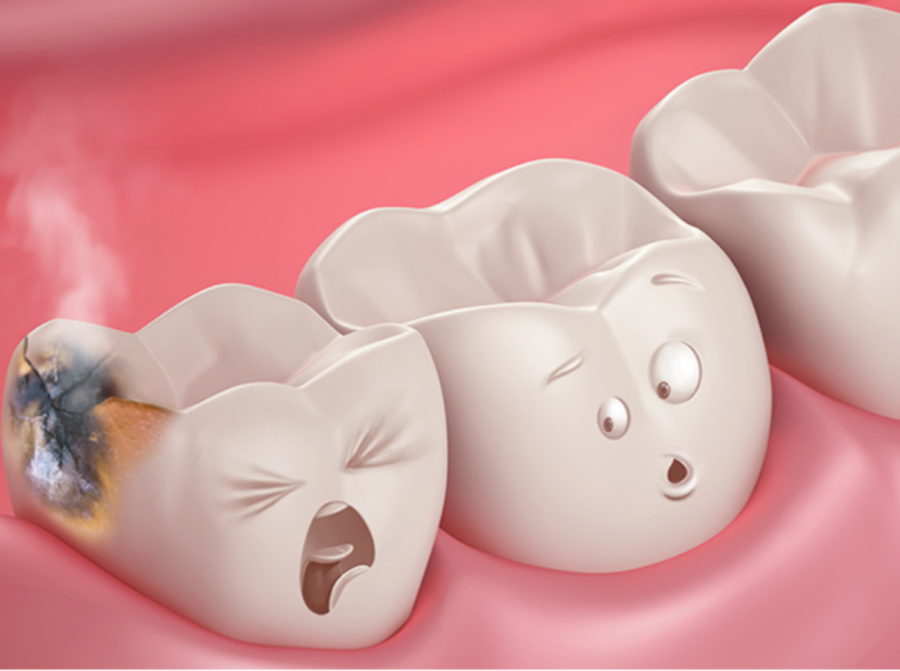
The bacteria produce acids that can destroy teeth by breaking down the tooth enamel and continuing deeper into the tooth’s softer tissues. The decay process can be slowed down and even stopped by frequent and proper brushing with fluoride toothpaste. It can be stopped before it progresses to a serious stage, but it needs to be treated as soon as it is detected. It can be painful and can damage the roots of teeth and even spread to the jaw bones.
Dental abscess
An infection of the soft tissues that surround the teeth. It can produce a bad odor, swelling, and pain in the gums or face. A dental abscess is a serious dental disease that occurs when bacteria get into the gum tissue, multiply inside the tissue sac, and then break through the sac wall to infect the soft tissue next to the teeth. It often occurs on the lower teeth.
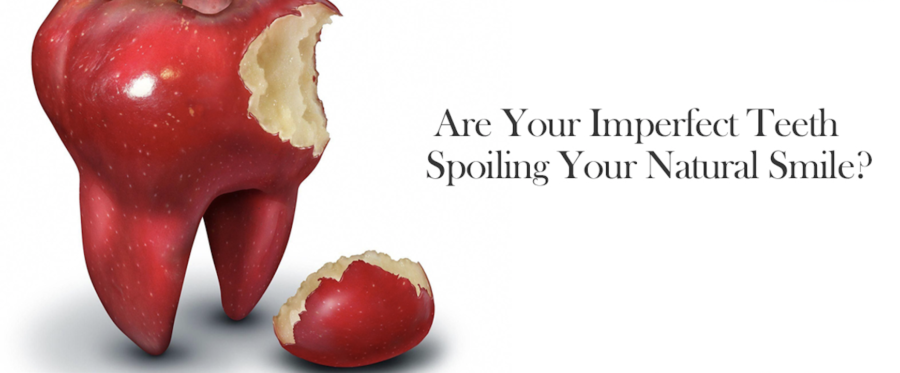
Bacterial infections can travel from the gums to the jaw bones and cause an infection of the bone marrow (osteomyelitis). A dental abscess should be treated by a dentist as soon as it is detected. The dentist will clean out the infection and will probably have to remove the tooth.
Dental fluorosis
Dental fluorosis is a condition caused by too much fluoride when teeth are forming. It is most often seen in children, but can happen in adults as well. Dental fluorosis is caused by too much fluoride being ingested during the time teeth are being formed (between ages 0-18). This can be avoided by not swallowing toothpaste and making sure to keep it out of the reach of children. Dental fluorosis is a discoloration of teeth. It can take several years for the condition to be noticed, and is not harmful to your teeth or your general health. A Dental fluorosis can be reversed by stopping the ingestion of excess fluoride.

Disease caused by dental staining
Dental staining is a change in the color of the teeth. It is often caused by the foods and beverages you consume. Dental staining is a change in the natural color of your teeth that is caused by your diet or drinks. It is often caused by coffee, tea, or berries. A Dental staining is usually not a serious problem, but it can be annoying. You can reverse the staining by changing your diet. Dental staining can be treated by your dentist with a bleaching treatment or a special toothpaste.
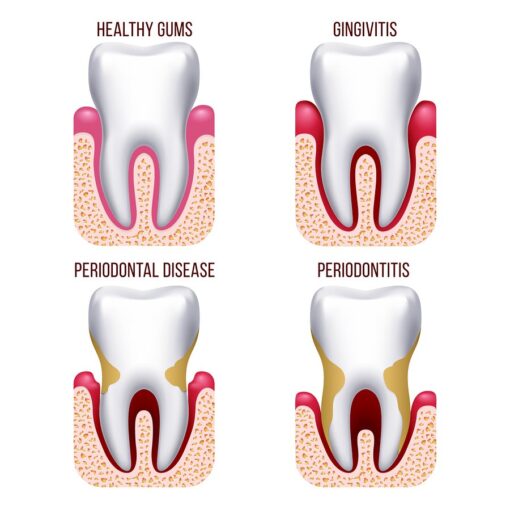
Dental tartar
A plaque or tartar is a buildup of plaque minerals on the teeth. It is often called “calculus” or “tarter.” Dental plaque is a hard, mineralized substance that forms on teeth as a result of eating starchy or sugary foods. It is also referred to as tarter and calculus. Formed when calcium, phosphate, and a mix of proteins from saliva and food come together on the tooth surface.
Tartar is removed by brushing teeth after meals and regular visits to the dentist for cleaning. Dental plaque and tartar can be harmful because it can lead to cavities and gum disease. Dental plaque and tartar can be treated by removing it by your dentist during a cleaning appointment.
Gum disease
Periodontal disease is a bacterial infection that affects the tissues that hold teeth in place. If left untreated, gum disease can lead to tooth loss. Gum Disease is an infection of the gums caused by bacteria. Bacteria are normally present in the mouth and cause no problems as long as they remain in the space between teeth and gums. When bacteria get too close to the teeth, they can form a sticky substance that traps more bacteria.
If not removed, the bacteria grow and spread in the gums, causing an infection that damages the gums and may lead to tooth loss. Gum Disease can be easily prevented by practicing good oral hygiene like brushing your teeth twice a day, flossing daily, and visiting your dentist for a cleaning.
Conclusion
When used together, these 10 dental diseases are often preventable. A healthy diet, regular visits to the dentist, and good oral hygiene can keep your smile beautiful and healthy. If you have any questions or concerns about your oral health, be sure to talk to your dentist.

